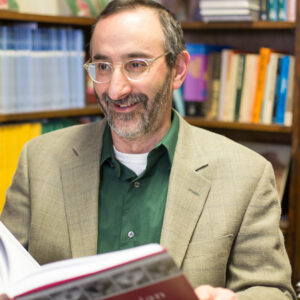
What is the Torah, Actually? Preparing for Shavuot
Jun 3, 2024 By Benjamin D. Sommer | Public Event video | Video Lecture | Shavuot
We’ve heard its stories; we’ve heard it chanted in synagogue; we’ve seen it hoisted in the air displaying handwritten ink on parchment; we’ve taken classes on it. But what, actually, is the Torah? A law code? A history book? An ancient novel? A saga? None of these categorizations quite fits. In this session, we consider what defines the distinctive genre of the Torah, where this genre comes from, how it reappears in Jewish culture over the ages—and what addressing these questions can teach us about the Jewish religion.
Read More
Gender, the Bible, and the Art of Translation
May 20, 2024
How should English translators of the Hebrew Bible approach questions relating to gender? When should gender-inclusive language (such as “God” or “person”) be used for references to God and human beings, and when is gendered terminology (such as “King” and “man”) called for historically and linguistically? What does it mean to faithfully render biblical Hebrew into contemporary English, and how can translators share their methodologies and choices with readers and communities? We explore these questions, focusing on the newest Bible translation released by The Jewish Publication Society, THE JPS TANAKH: Gender-Sensitive Edition.
Read More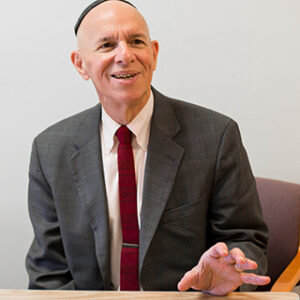
Praying for the Peace of Jerusalem
May 13, 2024 By Alan Cooper | Public Event video | Video Lecture | Yom Hazikaron-Yom Ha'atzma'ut
In Commemoration of Yom Hazikaron (Israel’s Memorial Day for Fallen Soldiers and Victims of Terror)
With Dr. Alan Cooper, Elaine Ravich Professor of Jewish Studies, JTS
Read More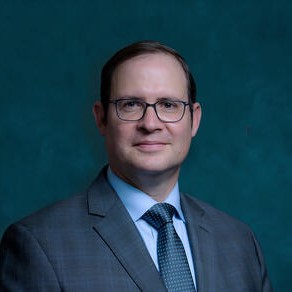
Art as Witness: The Work and Remarkable Survival Story of Esther Lurie
May 6, 2024 By Shay Pilnik | Public Event video | Video Lecture | Yom Hashoah
The survival story of celebrated artist Esther Lurie (1913-1998), the only Israeli artist to win the prestigious Dizengoff Prize for Drawing twice in her career, was beyond remarkable. After she made aliyah and established herself as a prominent artist in young Tel Aviv, Lurie was caught up in the claws of the Hitlerite monster while visiting her sister. From that point on, she was driven by two motivations—to survive the Kovna Ghetto and several labor camps, and to bear witness to Nazi crimes through a series of brilliant, clandestine sketches and illustrations.
Read More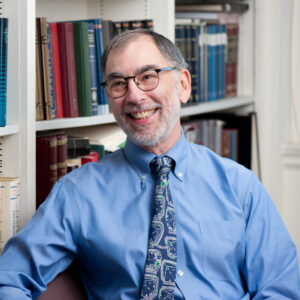
From Symposium to Seder: How The Rabbinic Adoption of Roman Party Conventions Became Our Passover Seder
Apr 15, 2024 By Robert Harris | Public Event video | Video Lecture | Pesah
In the years following the destruction of the Second Temple in 70 CE, Jewish observance of Passover underwent a seismic shift. In lieu of the now impossible sacrificial Temple ritual, the rabbis adopted the Roman symposium in order to create a new type of festival meal, one that was rooted in new rituals and intellectual discourse. Together we explore what led to the rabbinic decision to conduct the Seder in this way, rather than opting for a different way to commemorate Passover, such as instructing the Jewish people to perform the sacrifice in their homes. We also examine some of the questions and answers in the Haggadah which are central features of the Roman symposium and core to our Haggadah.
Read More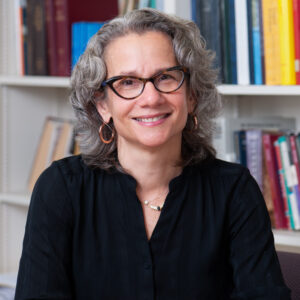
“Awaiting the Good Hour”: Hope in the Bible as a Resource for Religious Life
Apr 8, 2024 By Amy Kalmanofsky | Public Event video | Video Lecture
The capacity to hope is integral to religious life, yet contemporary realities can make it hard to feel and express hope. We explore what hope means in the context of the Bible, looking particularly at how the prophets Jeremiah and Isaiah use maternal imagery to convey hope, and consider how the Bible can be a valuable resource for cultivating a language of hope for us today.
Read More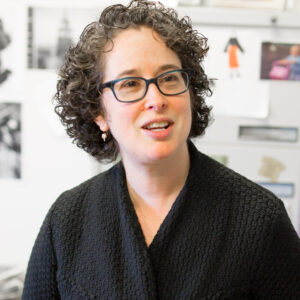
Prayer through the Lens of Cognitive Behavioral Therapy
Apr 1, 2024 By Mychal Springer | Public Event video | Video Lecture
Cognitive Behavioral Therapy (CBT), with its focus on beliefs, thoughts, and feelings, is a powerful modality for helping people in distress. Drawing on the work of David H. Rosmarin’s Spirituality, Religion, and Cognitive-Behavioral Therapy, we explore how CBT can inform and strengthen individuals’ and communities’ prayer lives. We discuss the connections between different types of prayers—including giving thanks, engaging in dialogue, contemplative prayer, and petitionary prayer—and evidence-based therapeutic approaches to wellbeing.
Read More
Seeing the Unseeable: Images of the Divine in Kabbalistic Texts
Mar 25, 2024
Download Sources With Dr. Eitan Fishbane, Professor of Jewish Thought, JTSand Dr. Marcus Mordecai Schwartz, Ripps Schnitzer Librarian for Special Collections; Assistant Professor, Talmud and Rabbinics, JTS This session is generously sponsored by Drora and Matti Shalev in recognition of JTS’s community learning programs. This session previews the JTS Library’s exhibit opening on March 26, […]
Read More


